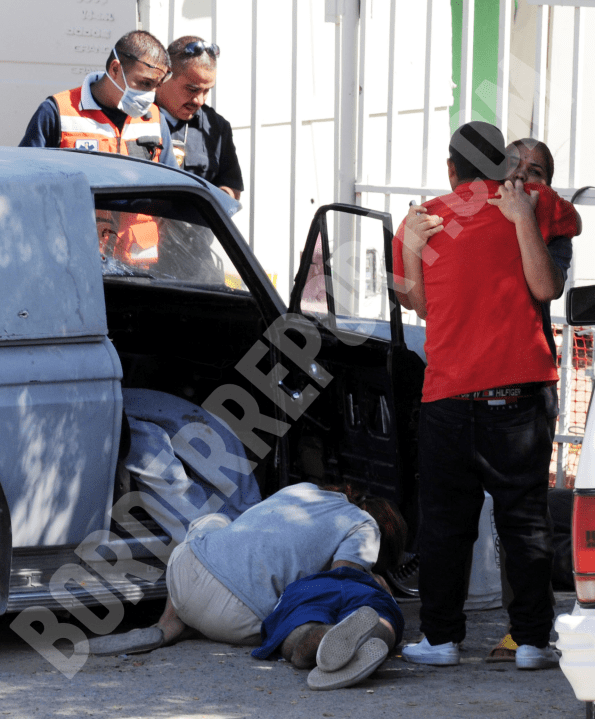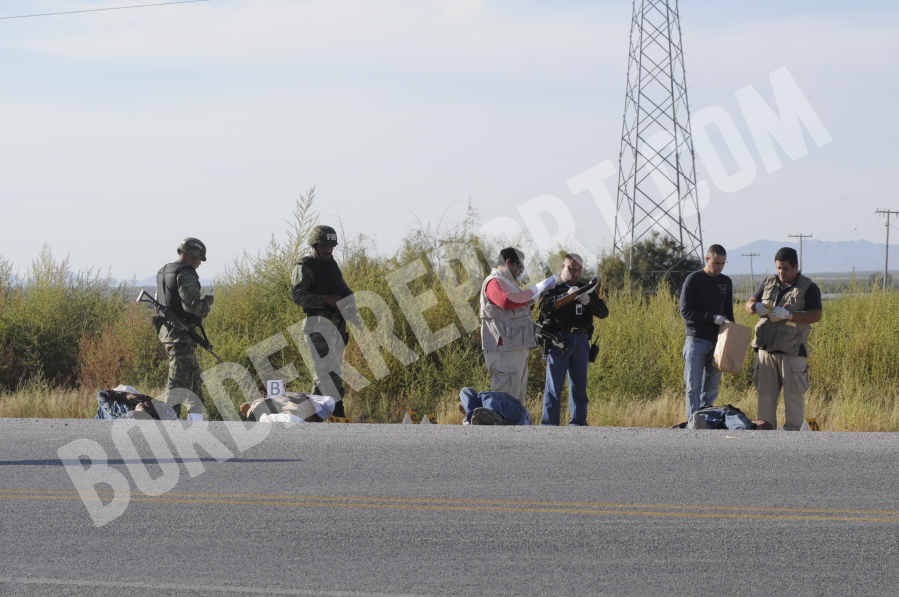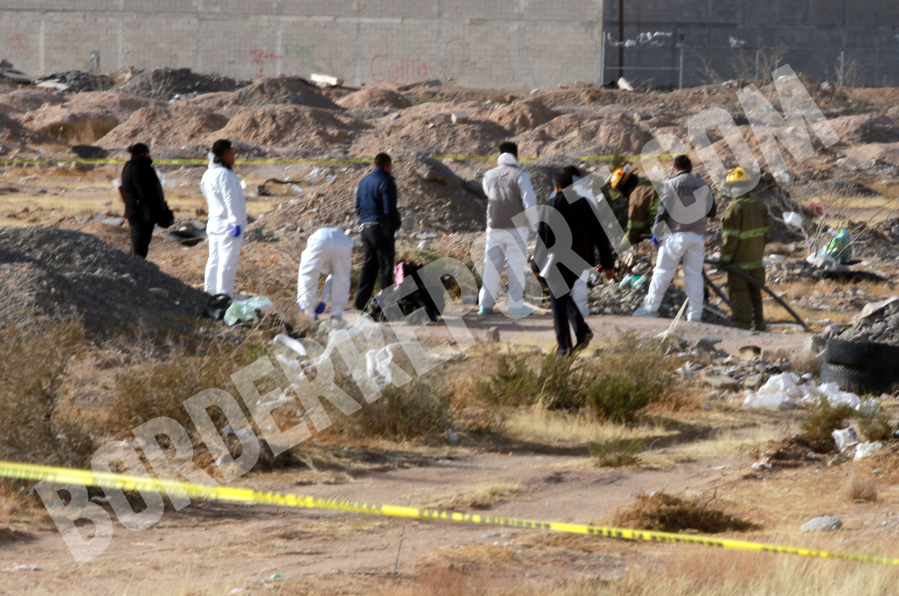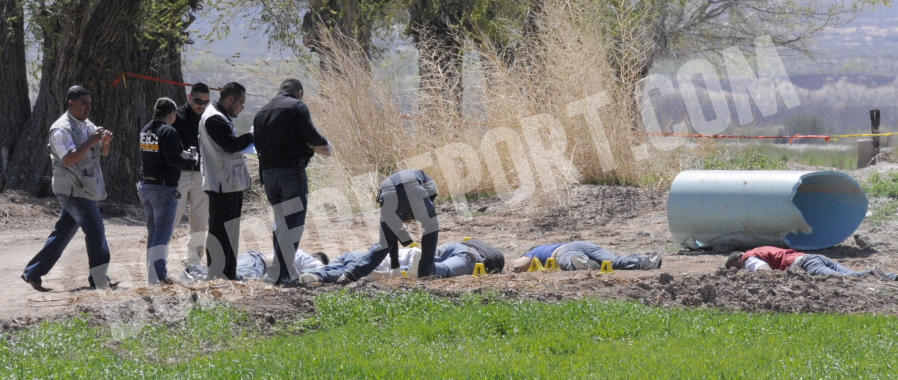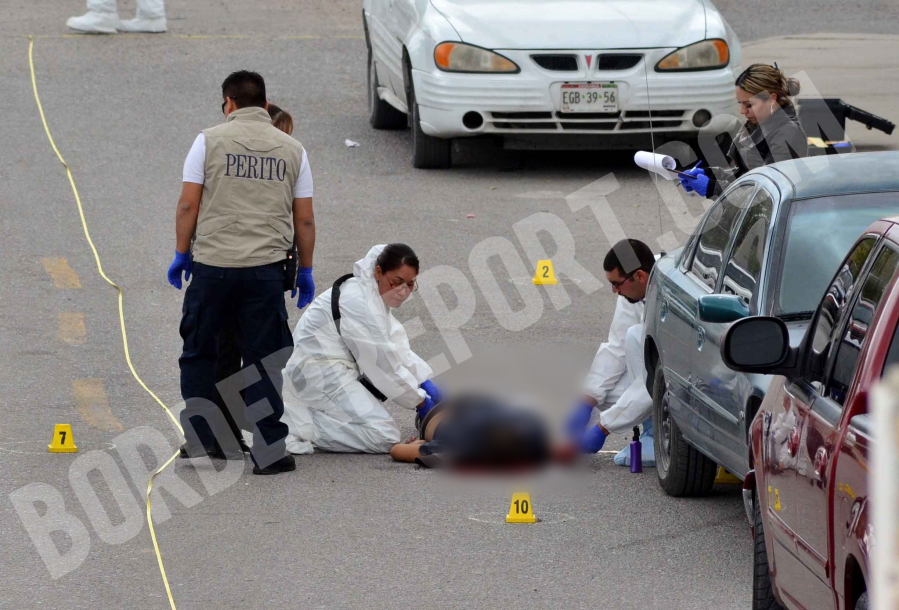Veteran photojournalist documents horrors of Juarez’s drug war

JUAREZ, Mexico (Border Report) – News photographers like Lucio Soria have developed common-sense safety protocols to cover crime in a city with one of the highest homicide rates in the world.
Be aware of your surroundings. Do your job quickly and get out. Don’t upset anyone at crime scenes where emotions are running high. And don’t name names.
“It has always been dangerous,” said Soria, a 28-year veteran of the Juarez police beat for various newspapers and news portals. “Just remember you are a reporter, not a policeman. Often you want names or other information that gets you in trouble with the family, or maybe the victim is the relative of a drug trafficker. It’s better to be calm, do your job and leave.”
Mexico in 2022 buried 15 working journalists who met a violent death presumably at the hands of criminals. This year, five active or recently retired newsmen have been killed, according to a detailed list published by El Universal.
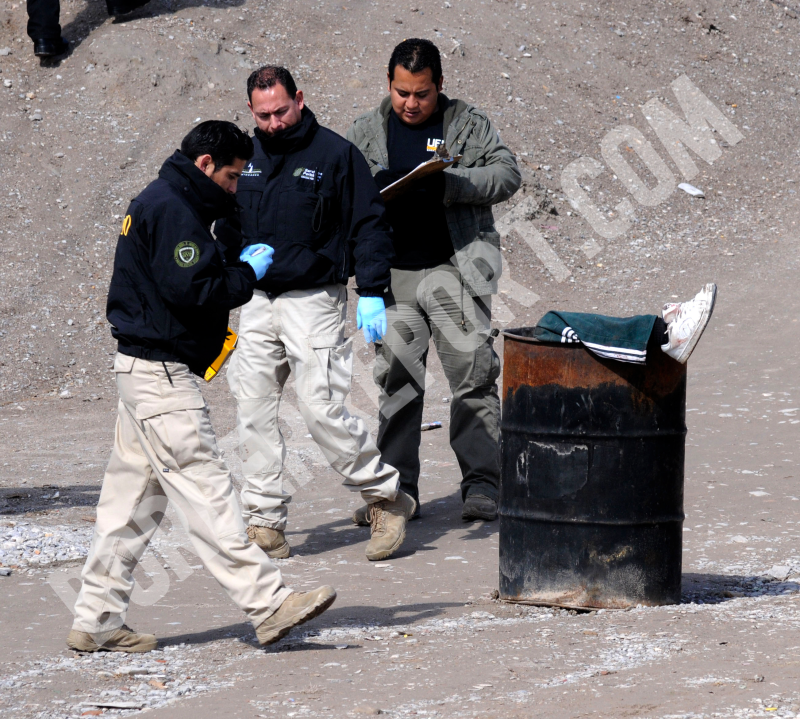
Soria has been in the eye of the storm since the 1990s and documented crime during Juarez’s most violent periods – the mid- and late 2000s. That’s when the Sinaloa cartel came in, guns blazing, to take over the plaza from a Juarez cartel that never overcame the death of its leader, Amado Carrillo Fuentes, aka “The Lord of the Skies.” Amid the chaos, extortion and kidnapping grew rampant, according to think-tanks like The Wilson Center.
UPDATE: Eight bodies pulled from clandestine landfill in Juarez
Soria’s photos show feet hanging out of 55-gallon metal drums, rows of four, five, six bodies laying on a single street, and police officers picking up trash bags stuffed with severed heads, arms and legs. Others he took from atop roofs, between a crowd of people or out in the middle of the desert.
“I always took the best photos, the best angles. First you show people where this is happening; you use a wide lens. Then you get the details, capture the deceased. Then the reactions of the moms, relatives and the cops” trying to control the crowd, the photojournalist said.
Residents, journalists got used to the horror
Soria, 71, who started out as a lab technician at a photo studio when cameras still used film, acknowledged feeling odd at first when photographing young men’s bodies while their relatives cried and screamed in horror in the background. But news about crime sells and employers demanded the most impactful shots from him, so he had to get used to the mayhem.
Cartel reportedly drops 33 bombs from drones in Guerrero
He wasn’t the only one. Nowadays, it’s common even for street vendors to approach crime scenes in Juarez and peddle bottled water and chips to police officers and onlookers, he said.
Homicides remain a daily occurrence. Juarez last year recorded around 1,200 homicides, with some 1,400 in 2021 and 1,600 in 2020, according to Municipal Police Chief Cesar Omar Munoz.
In August, Juarez recorded 109 homicides, Chihuahua Attorney General Cesar Jauregui said.
The photos that don’t focus on bodies, though, are among the ones he remembers most. There’s one showing a couple holding up a distraught older woman who just saw her child dead on the street. Another shows a police officer taking a photo of a car with dozens of bullet holes on its windshield. No caption is necessary.
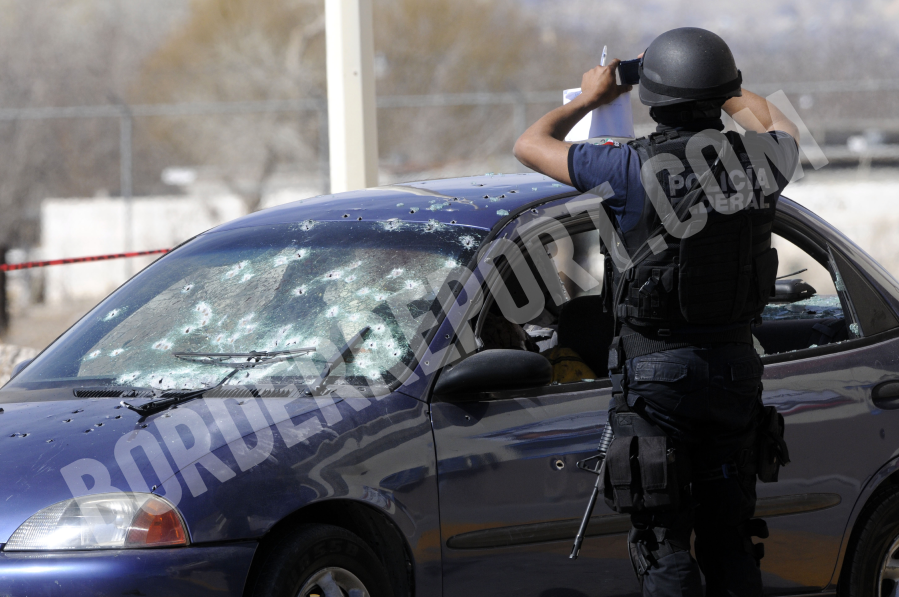
Soria said he has photographed more than 3,000 homicide scenes in his career and refers to them as “events.”
Six places in Mexico the State Department says you shouldn’t visit
“One day I photographed 30 deaths. The events began at 7 a.m. It was four to five people at a time. It began with four people inside a very pretty car in front of a convenience store,” he said. “Then there were three more and then four at the Mexico 68 neighborhood. I had to go up on the roof because the bodies were in the backyard. Then we went to (another neighborhood) and there was another four inside a truck. There were more. It was a super violent day.”
Courtesy Lucio Soria Courtesy Lucio Soria Courtesy Lucio Soria Courtesy Lucio Soria Courtesy Lucio Soria Courtesy Lucio Soria
And while the number of homicides in Juarez today are about 50% of what they were during the height of the Sinaloa-Juarez conflict, they seem to be more brutal now.
Mexico extradites to US one of DEA’s most wanted
“They chop up the bodies because they owed a lot of money or they killed (somebody’s) relatives. To me, the (severed) trunks, limbs, even testicles are now normal, but what gets me is when (the forensic team) begins to put together the pieces on the ground,” he said, adding that ends his detachment from the reality of the moment.
Soria, who is taking a respite from photojournalism due to health problems, said his legacy includes his work and having mentored many young photojournalists over the years. “I never had a problem with anyone. If someone needed help, I was always there for them,” he said.
Soria said he sees no end in sight for the drug violence that took hold of the city since the mid-1990s. Not as long as there’s a demand for the drugs in the U.S. and Mexico and people believe they can cash in on the illicit trade.
For the latest news, weather, sports, and streaming video, head to FOX 5 San Diego.
